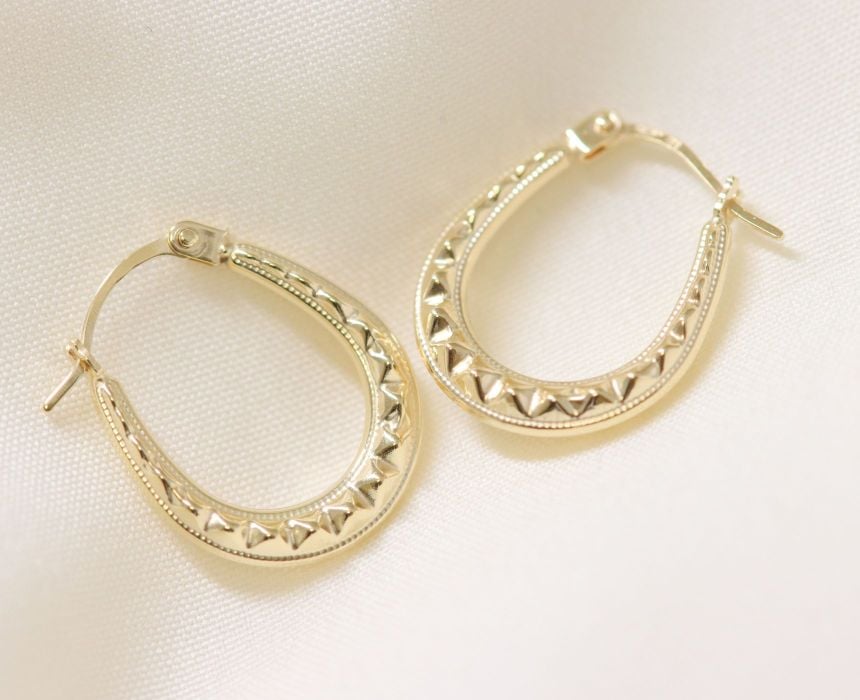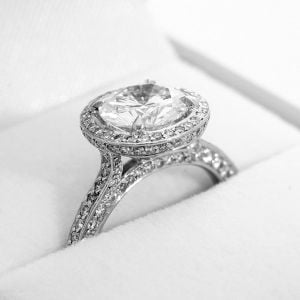- ‹Home
- ‹
- /
- Jewellery & Watch Guides
- /
- A Guide to Watch Movements: Automatic, Quartz & Manual

The Ultimate Guide to Watch Movements: Automatic, Quartz and Manual
When choosing the perfect watch for you, there are a number of things to consider. Many people make their decision based on the aesthetic of the watch, their budget, and sometimes the brand too. But a lot of people overlook one crucial detail: the watch movement. Although it's hidden by the case, the watch movement is easily the most important aspect of the timepiece. It's what makes the watch function — without it, the watch would simply be a bracelet. If you're in the market for a new watch, you should take some time to learn more about the inner workings of a timepiece, in order to find the best watch movement for you. And even if you're not planning on buying a new one anytime soon, it's still important to learn about the watch movement you have, in order to properly care for it.ALL WATCHES
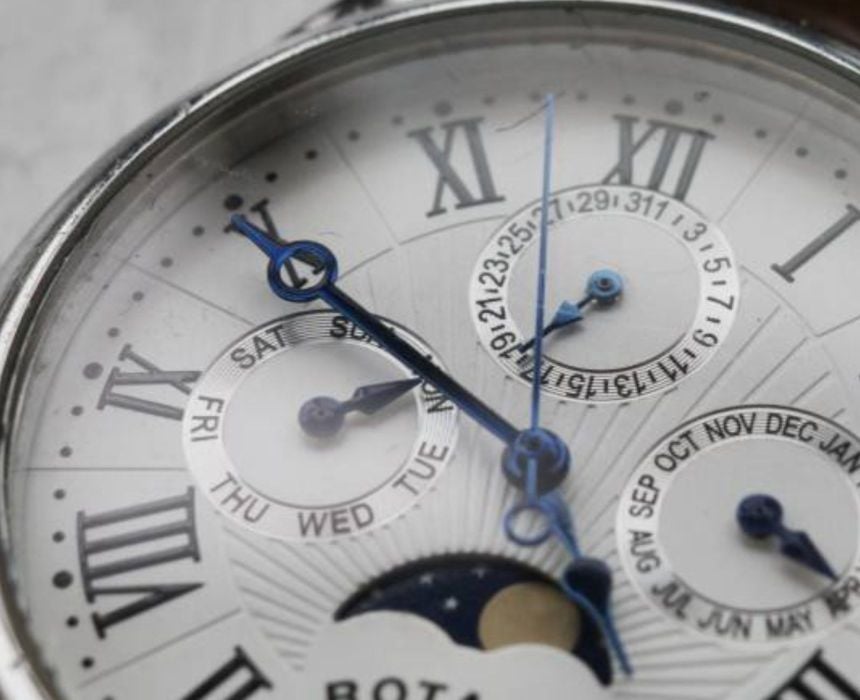
THE BASICS OF WATCH MOVEMENTS
A watch movement is essentially what makes the watch function. The movement is made up of all the moving parts that power the timepiece and allow it to accurately tell the time. They are incredibly delicate and intricate, so are protected from damage by the watch case.
There are three main types of watch movement, all of which we'll look at in closer detail in the following sections. These three types of movement fall into two categories: mechanical and non-mechanical. Mechanical watches are powered by winding up the mainspring, either by hand or through the use of kinetic energy. Non-mechanical timepieces on the other hand, are simply battery-operated. Before we explore more, here's a brief summary of how each of the three movements is operated:
- Manual watch movement: A mechanical watch movement that is wound by hand.
- Automatic watch movement: A self-winding mechanical watch movement that is powered by kinetic energy.
- Quartz watch movement: A battery-operated movement.
Because they're so fiddly, you must never tamper with the movement yourself. If you suspect that there's something wrong with it, take it to be serviced by a watch specialist, rather than attempting to diagnose and fix the problem yourself.
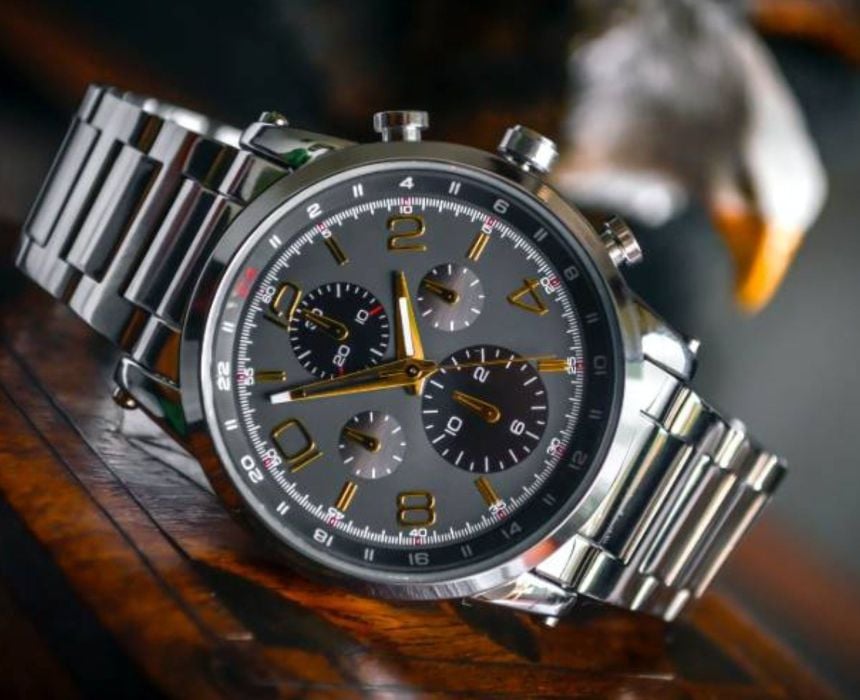
MANUAL WATCH MOVEMENT
The manual watch movement falls under the wider category of mechanical movements. It is a favourite amongst timepiece enthusiasts, thanks to its incredible intricacy and the level of craftsmanship that goes into creating it. For this reason, most manual watches are considered to be luxury timepieces.
The history behind manual watch movements
This is the oldest type of watch movement, dating all the way back to the 16th century. When this movement first came out in the form of a pocket watch, they were used only by the elites, and were seen as a sign of great wealth.
The movement was developed further in the following century, with the addition of a balance spring, which greatly improved the accuracy of the movement. In the 19th century, the first wristwatch came out, which used a manual movement. However, they were initially considered to be a type of jewellery that was exclusively worn by women. They were not commonly worn by the male population until the First World War, when men wore them on their wrists for convenience when going into battle.
How manual watch movements work
Manual watches are considered to be pretty old school by many, as they're powered by hand. Winding a manual movement provides energy to the mainspring, which is released slowly throughout the day. This energy is transferred to the escapement via the wheel train. The movement of the wheels is what makes the clock move, while the escapement controls this movement by preventing the watch from unwinding all at once.
To keep them as accurate as possible, manual watches should be wound daily, ideally at the same time every day. However, there is usually two days worth of power in the mainspring, so it shouldn't be an issue if you forget on the odd occasion.
To wind a manual movement, simply turn the crown until you start to feel some resistance. Always make sure to take the watch off your wrist when you wind it, as doing so while wearing it can put pressure on the stem, which damages it over time. For more advice on taking care of your manual timepiece, make sure to check out our guide to cleaning and caring for your watch.
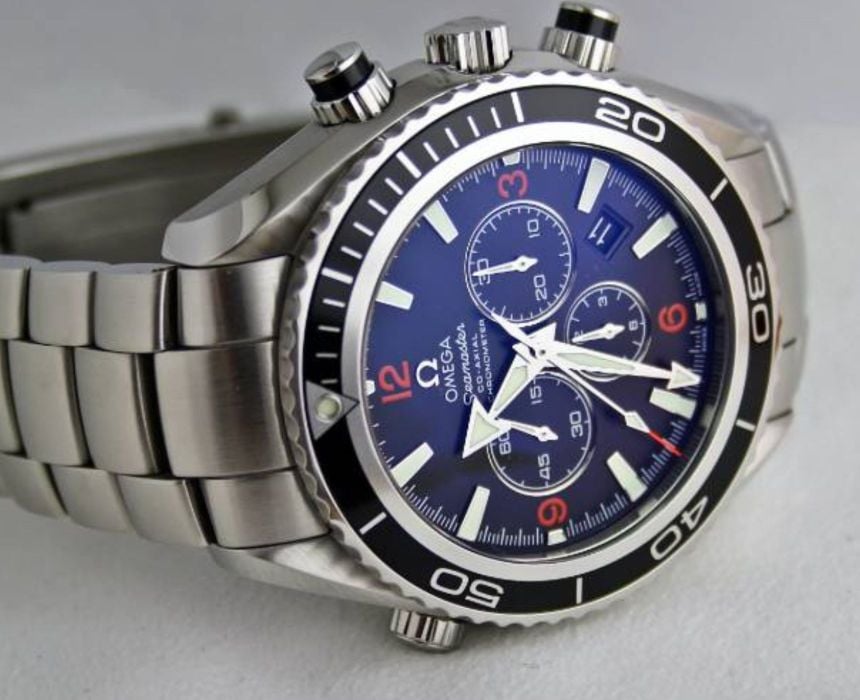
AUTOMATIC WATCH MOVEMENTS
Just like manual timepieces, automatic watch movements fall under the mechanical watch movements umbrella category. Today they're much more common than manual watches, which are now considered to be collector's timepieces. However, they're still incredibly detailed, and just as accurate too.
The history behind automatic watch movements
The first automatic watch movement was made in the 1770s by a Swiss clockmaker, but it was criticised at the time for being too complex and expensive. However, the idea was built upon by British watchmaker John Hardwood in the early 20th century, who worked out the mechanics and logistical issues behind it. Not long after this, major brands such as Rolex began using automatic movements in their watches, establishing them as one of the three major watch movement types.
How automatic watch movements work
Automatic watch movements work in a similar fashion to manual movements, with one key difference: automatic watches are self-winding. In fact, all you have to do to power an automatic watch movement is wear the timepiece! Automatic watches are powered by kinetic energy: when the wearers wrist moves, the rotor inside the movement turns. The rotor then rotates and winds up the mainspring, which in turn powers the watch.
Although they are self-winding, automatic watch movements still need to be wound on occasion. As they are powered by movement, they can lose power or become less accurate if not worn for a few days or more. You can wind an automatic watch the same way that you would a manual one: by taking it off your wrist, and winding it until you feel resistance. For more watch care tips for manual timepieces, check out our guide on how to clean and care for your watch.
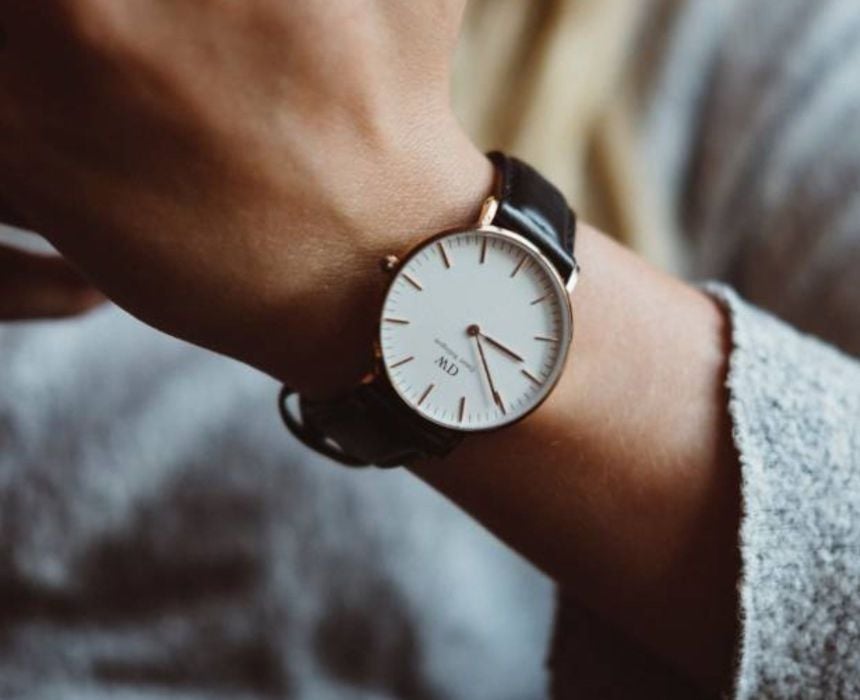
QUARTZ WATCH MOVEMENTS
Quartz watches are the most unique of the three, as they are battery-powered and so don't fall under the mechanical watch movement category. They're also the newest of the three watch movement types.If this has got you questioning whether quartz movement watches are any good, don't fret about it, as quartz watches can be every bit as accurate, luxurious, and beautiful as automatic or manual types. In fact, the quartz movement is the most popular available today!
The history behind quartz watch movements
Many people are surprised when they learn how new quartz wristwatches are — they were only developed in the 1970s! Quartz clocks however existed a while before this, although they too are still relatively new, as they only date back to the 1950s. Quartz watches took the world by storm. They became so popular in such a short space of time, that they caused what's known as the quartz crisis.
Despite the accuracy of the new movement on the block, the Swiss were reluctant to accept quartz watch movements, as mechanical watches were such an important part of Swiss identity. As a result, many Swiss watchhouses closed down due to not using the new technology. In fact, the amount of Swiss watch companies fell from 1600 to just 600! Fortunately, the market for mechanical movements soon recovered. These days, both types are popular, although quartz movements tend to be more common owing to their cost-effectiveness.
How quartz watch movements work
Quartz watch movements are battery-operated, so require the least amount of maintenance of the three. There are two essential components to these watches: the battery, and the small chunk of quartz crystal (silicon dioxide). The battery sends a current to the quartz through an electric circuit, which causes the quartz to vibrate. The quartz gives off regular and precise vibrations, which the circuit then generates into one electric pulse per second. This pulse then activates the motor which moves the hands of the watch, which allows it to accurately tell the time.
Quartz watches are very low maintenance and don't require winding. However, it's still important to take them for servicing every 3–5 years, to check for any issues and have the battery replaced. Batteries that aren't replaced often enough can start to leak, which will damage the rest of the watch. It's also a good idea to remove the battery if the watch is going to be in storage for a long period of time, as it can leak when inactive. To keep your quartz watch movement in top condition, don't forget to read our guide on how to clean and care for your watch.
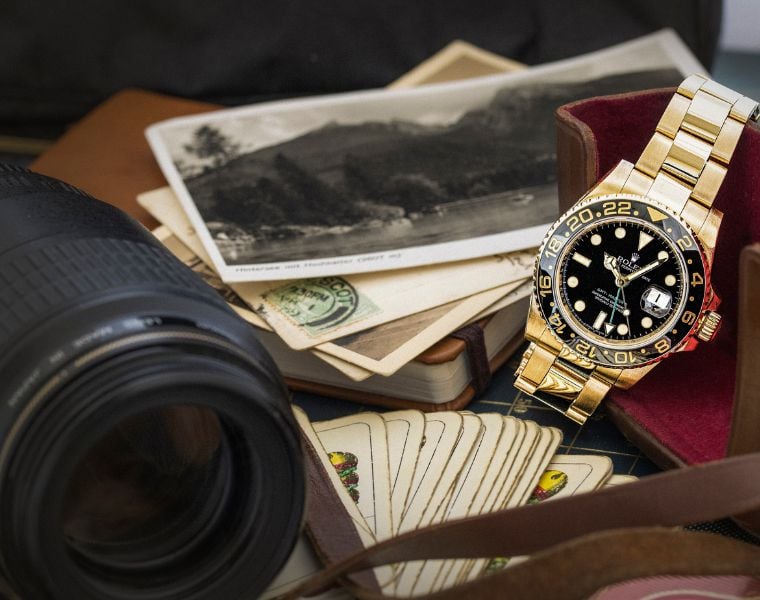
COMPARING WATCH MOVEMENTS
Over the years, the three most popular movements have proven themselves to be worthy of their statuses. Mechanical watch movements have withstood the test of time and demonstrate the highest quality craftsmanship. Quartz movements on the other hand have taken the watch world by storm, and soared in popularity in a short space of time.
That being said, every one of the watch movement types has its downsides too, so it's important to learn about the positives and negatives of each before you decide which watch to buy.
Manual
| Pros | Cons |
| These watches are beautiful and of the highest quality, thanks to the incredible craftsmanship The are lightweight, and therefore more comfortable to wear As they're considered collector's items, they have the potential to increase in value over time | The impressive craftsmanship significantly raises the price of manual watches, so they're often not budget-friendly They are the most high-maintenance of the three movements and require winding every day The crown often wears out earlier in comparison to the other movements, due to the amount of winding required. However with regular servicing and good watch care habits, this shouldn't be a big issue |
Automatic
| Pros | Cons |
| It still has the incredible craftsmanship of manual watches, without the high price tag They're not as high maintenance as manual watches There's no need to worry about either replacing a battery or winding it by hand if worn regularly | Although automatic watch movements aren't as pricey as manual watches, they're still not the cheapest They need to be worn regularly to keep them accurate The weighted rotor can make the watch feel heavier and bulkier than the other two movements |
Quartz
| Pros | Cons |
| Quartz watch movements are the most accurate of the three They're the most affordable, and so are a great option for people on a budget They require very little maintenance | Old batteries can leak and damage the watch, so they need to be replaced around every three years They don't have the same long history of craftsmanship as mechanical watches The hand movement isn't as smooth as it is on mechanical watches |
It's fair to say that all three movements have their positive and negative attributes. However, different movements suit different lifestyles and budgets. So, while there is no good or bad watch movement, some of them may better suit your requirements than others.
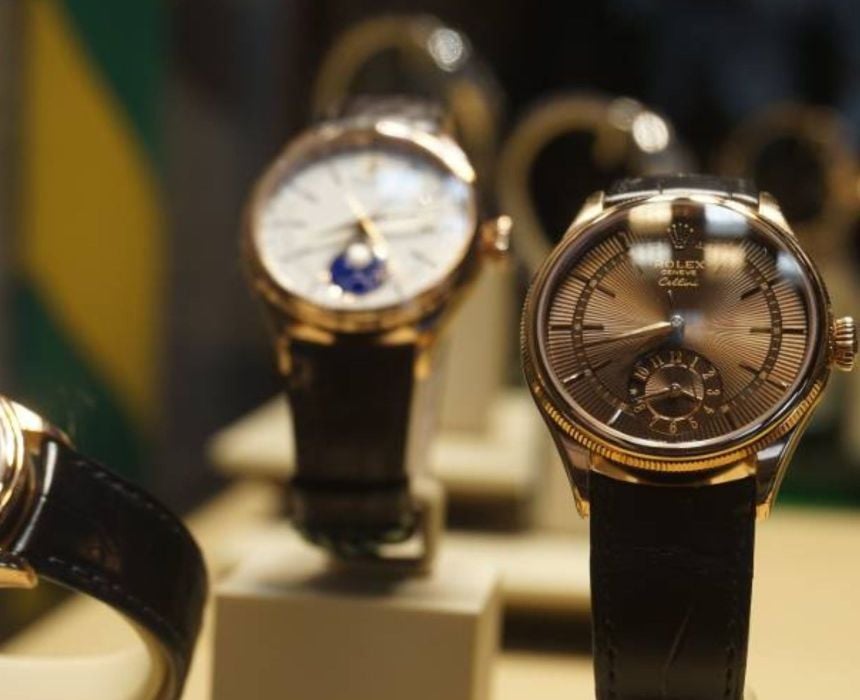
WHICH IS THE BEST WATCH MOVEMENT FOR YOU?
QUARTZ VS AUTOMATIC VS MANUALAs we already know, each movement has a range of positives and negatives, so there's no one size fits all approach. The best thing to do is figure out your budget, and consider which movement fits your lifestyle best. The following table explains which is the best watch movement for you, depending on your requirements, budget, and lifestyle.
| Type of movement | Best for... |
| Manual | Collectors and enthusiasts: Manual watches are incredibly intricate, and many consider them to be luxury collectors pieces. As a result, they are usually the most expensive type of watch, and require the most maintenance. This movement is perfect for watch enthusiasts, who don't mind splashing out on an elaborate timepiece. |
| Automatic | Collectors and enthusiasts looking for a low-maintenance option: As these watches are self winding, they don't require as much maintenance. But they still need winding occasionally, if they haven't been worn in a while. These watches are also incredibly intricate, and while they're cheaper than mechanical watch movements, they're often more expensive than quartz. This makes them the perfect middle ground option, for people who are looking for a good quality watch that doesn't need winding daily. |
| Quartz | Affordability or those with active lifestyles: This watch movement requires the least amount of maintenance, as it doesn’t need to be wound. However, the battery will need to be changed every few years, which can be done when it is taken in for servicing. As the inner workings are less complex, quartz watches are usually cheaper. This watch movement type is perfect for first time watch buyers, who are looking for a good quality timepiece with easy maintenance, for a reasonable price. These less complex movements are also great for people with active lifestyles, as they don't have lots of moving parts so there's less chance of badly damaging the timepiece. |
After reading this guide, you should have a comprehensive understanding of how each watch movement works, and the pros and cons of each. The next step is to figure out which watch is right for you! Don't forget to read our watch buying guide to get some help in finding your perfect timepiece. If you'd like some additional advice on which watch movement to go for, make sure to contact our friendly customer service team for further support.
Ramsdens offer a wide range of timepieces from over 40 different luxury brands, including Rolex watches, Tag Heuer and Omega watches, so make sure to check out our collection. For more advice on buying and caring for your favourite timepieces, give our other watch guides a read.
RAMSDENS RECOMMENDS






